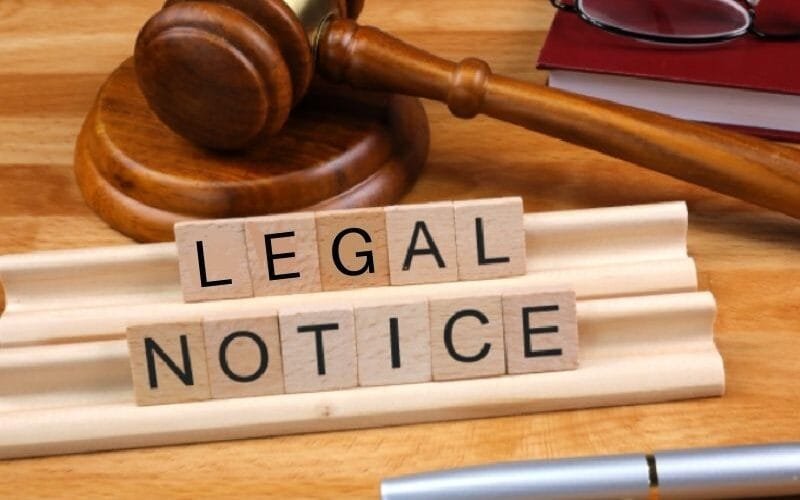Building Strong Legal Evidence with Lawful Notice
- February 15, 2024
- Posted by: Jim Van Etten
- Category: Legal

When preparing for a court case, it is crucial to gather strong evidence to support your claims or defend your position. One effective method to build a solid case is through the use of lawful notice. Lawful notice serves as a formal communication that notifies the opposing party of your intentions, actions, or claims.
By providing lawful notice, you establish a clear record of your communication and intentions, which can be invaluable when presenting your case in court. It helps to establish credibility and ensures that all parties involved are aware of the situation at hand. Let’s explore some key reasons why lawful notice is a great way to build evidence when you are preparing to go to court.
1. Establishing a Paper Trail
Lawful notice creates a documented paper trail that serves as evidence of your actions and intentions. By sending a formal notice, you create a record of your communication, ensuring that your message is properly conveyed and received by the other party. This paper trail can be crucial in proving that you have taken the necessary steps to resolve the issue before resorting to legal action.
For example, if you have a dispute with a landlord over repairs that need to be made to your rental property, sending a written notice detailing the issue and requesting repairs creates a record of your attempts to resolve the matter amicably. This evidence can be used to demonstrate that you have fulfilled your obligations and that legal action is necessary.
2. Demonstrating Good Faith Efforts
Lawful notice showcases your good faith efforts to resolve a dispute or address an issue before resorting to litigation. It demonstrates that you have taken the necessary steps to communicate your concerns and give the other party an opportunity to rectify the situation. This can be particularly important in court, as it shows that you have acted responsibly and reasonably.
For instance, if you are involved in a contract dispute with a business partner, sending a written notice outlining your concerns and requesting a resolution demonstrates your commitment to resolving the issue without litigation. This evidence can help establish your credibility and may even lead to a favorable settlement before the case goes to court.
3. Providing Notice of Legal Consequences
Lawful notice also serves as a warning to the opposing party about the potential legal consequences of their actions or inactions. By clearly stating your intentions and the potential legal remedies you seek, you put the other party on notice and give them an opportunity to rectify the situation before facing legal action.
For example, if you have been a victim of defamation, sending a cease and desist letter to the person responsible puts them on notice that their actions are causing harm and may result in legal action. This notice not only helps to preserve your rights but also demonstrates to the court that you have taken appropriate steps to resolve the matter outside of litigation.
4. Building a Stronger Case
By utilizing lawful notice, you are building a stronger case by gathering evidence and establishing a clear record of your actions. This evidence can be crucial in court, as it helps support your claims and provides a timeline of events.
For instance, if you are involved in a personal injury case, sending a notice to the responsible party or their insurance company can help establish a clear record of the incident and your intent to seek compensation. This evidence can be vital in proving liability and damages in court.
Conclusion
Lawful notice is a powerful tool when it comes to building strong evidence for a court case. By establishing a paper trail, demonstrating good faith efforts, providing notice of legal consequences, and building a stronger case, lawful notice helps to strengthen your position and increase the chances of a favorable outcome in court.
Remember, each case is unique, and the specific requirements for lawful notice may vary depending on the jurisdiction and the nature of the dispute.
